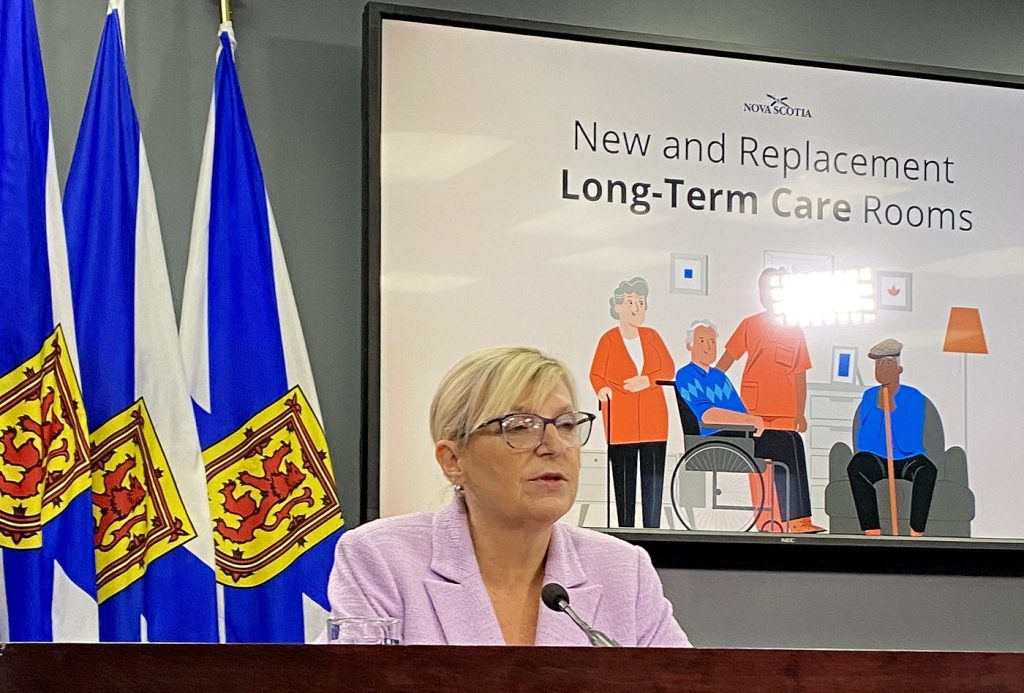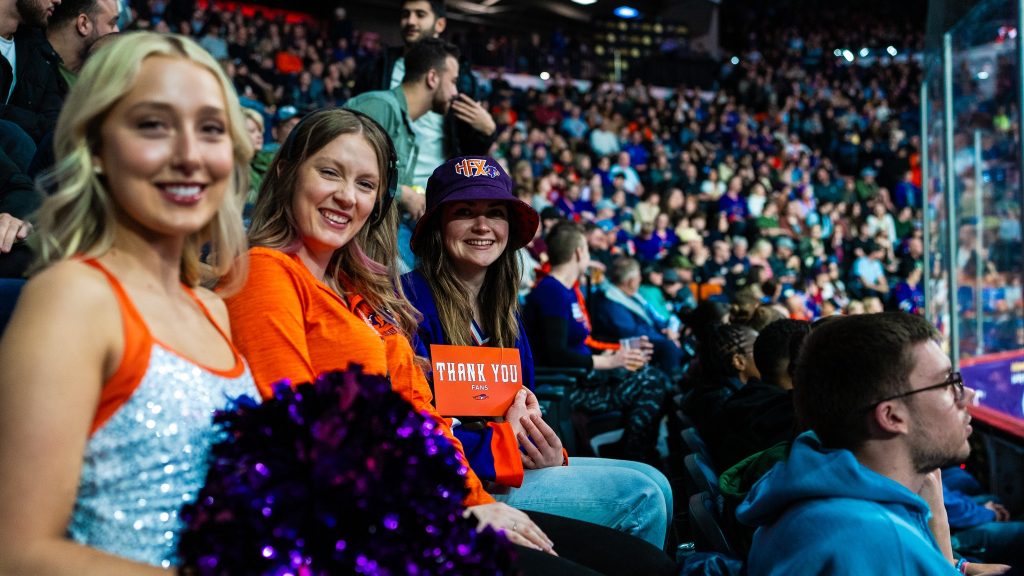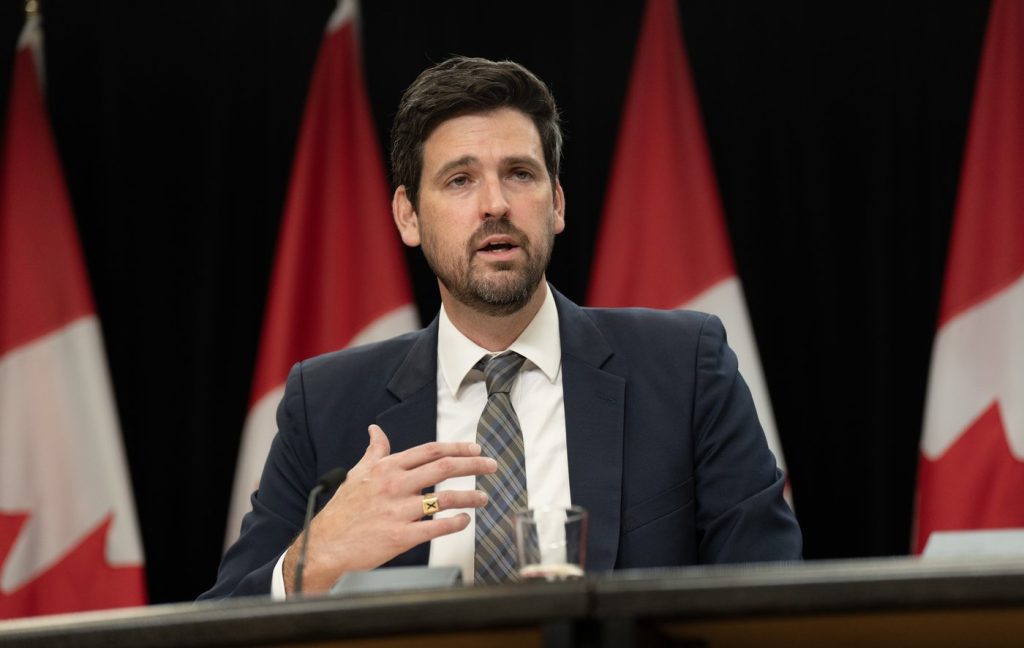‘Sublime and ridiculous’ 3D prints of first N.L. premier still coveted curiosities
Posted Dec 29, 2021 02:00:00 PM.
ST. JOHN’S, N.L. — In a cluttered antique shop in downtown St. John’s last week, a sought-after piece of retro Newfoundland and Labrador political memorabilia caused a stir almost as soon as it was brought out from behind the till.
The 1970s-era image of Joey Smallwood depicts Newfoundland’s first premier gazing at a globe through his signature dark-rimmed glasses and with a satisfied smile on his face. Behind him, the island of Newfoundland floats over a sea of indistinguishable faces.
It’s a lenticular — or 3D — image, with a ridged plastic overlay offering an illusion of depth. When the picture is turned slightly, the father of Newfoundland’s confederation with Canada turns with it.
“I have one of those,” said James Lewis, who was in Livyers antique shop when the picture was exhibited. Lewis said his friend gave it to him last year, from his late father’s collection.
“I thought it was just so unique and kind of rare,” he said. “You don’t see a lot of that 3D material to begin with, let alone for a politician. I mean, who does that?”
Joey Smallwood did that. The charismatic chatterbox convinced the province to join Canada in 1949 and then sat as its Liberal premier for nearly 23 years, resoundingly winning six provincial elections. He dreamed of skyscrapers in St. John’s, widespread industrialization and hydroelectric megaprojects, including the notorious Churchill Falls energy deal with Quebec.
At the height of his popularity, people hung the 3D images of Smallwood above dinner tables and in bedrooms, “right next to their holy picture of Jesus,” said Bert Riggs, a retired chief archivist with Memorial University in St. John’s. Some even claimed they wanted to be buried with the pictures of the popular premier, Riggs added.
The images are still coveted — but by a younger generation with a slightly different take on the man in the picture. “He never quit being a weirdo,” said Jason Sellars, anartist and educator at The Rooms provincial art gallery, whose stash of Smallwood lenticulars is well-known among St. John’s creatives.
“I just knew out the gate that this guy was a kooky, kooky, kooky dude,” Sellars said in a recent interview.
Author Bill Rowe was in the room when the picture was taken. A former political cohort of Smallwood’s, Rowe says it was just before the 1971 provincial election when Smallwood grabbed him and Rupert Bartlett and told them they were going to New York City for “some special pictures of a very avant-garde type.” All three were running for the Liberals in the upcoming vote, Rowe said in a recent interview.
“Joey wanted to do some dazzling things, because the polls were a bit dubious,” Rowe said. They went to a big studio “somewhere in Manhattan; I have no idea where,” he said. “It was all fake bookcases, fake books, fake plants, fake pictures of Mediterranean seaside villages.”
The shoot produced the 3D images in several sizes and a series of compact make-up mirrors with a 3D Smallwood on one side framed by the slogan, “Will the lady on the other side please vote Liberal?”
“It’s all just part and parcel of the legacy of Joey Smallwood, for good or for bad, for sublime and ridiculous,” Rowe said. “It’s all mixed in there together.”
During that trip to New York City, there were also 3D pictures made of Rowe and Bartlett. “I notice that mine and Rupert Bartlett’s are not in such high demand,” Rowe said.
Smallwood was a former broadcaster and a master communicator, and his campaigns were often marketed using “propaganda” and gimmicks, Riggs said, adding, “I have the (Smallwood) serving tray.”
The make-up mirrors were based on similar trinkets churned out by the team behind Sir Richard Squires, who was prime minister of Newfoundland before confederation and whose own political career was marred by scandal and corruption, Riggs said, adding that Squires was also Smallwood’s mentor and hero.
The October 1971 election resulted in a tie with the Progressive Conservatives, and Smallwood resigned a few months later.
The goofy 3D images of Smallwood are emblematic of a time when politicians were viewed as superheroes and spared much of the scrutiny they face now, Sellars said.
Today, Smallwood’s legacy is complicated. The province is still struggling under the constraints of the Churchill Falls deal, which heavily favoured Quebec. And Newfoundland and Labrador’s Indigenous Peoples were left out of the confederation’s terms of union, which denied them access to federal services and programs.
Even Smallwood’s 3D images are eroding with time. “They smell really bad,” Sellars said. “At that time, plastics decayed in a way that they don’t now. So there is a real funk to them.”
Back at Livyers antique store, the unframed image was selling for $25 — a reasonable “street value,” Sellars noted. The staff figured it would be sold within days, stink and all.
This report by The Canadian Press was first published Dec. 29, 2021.
Sarah Smellie, The Canadian Press








